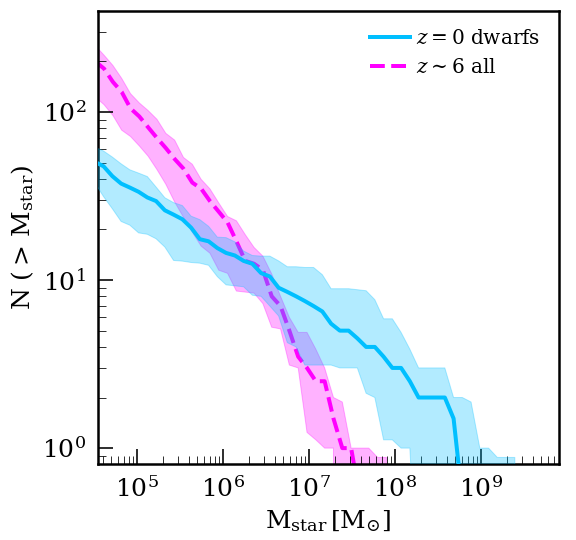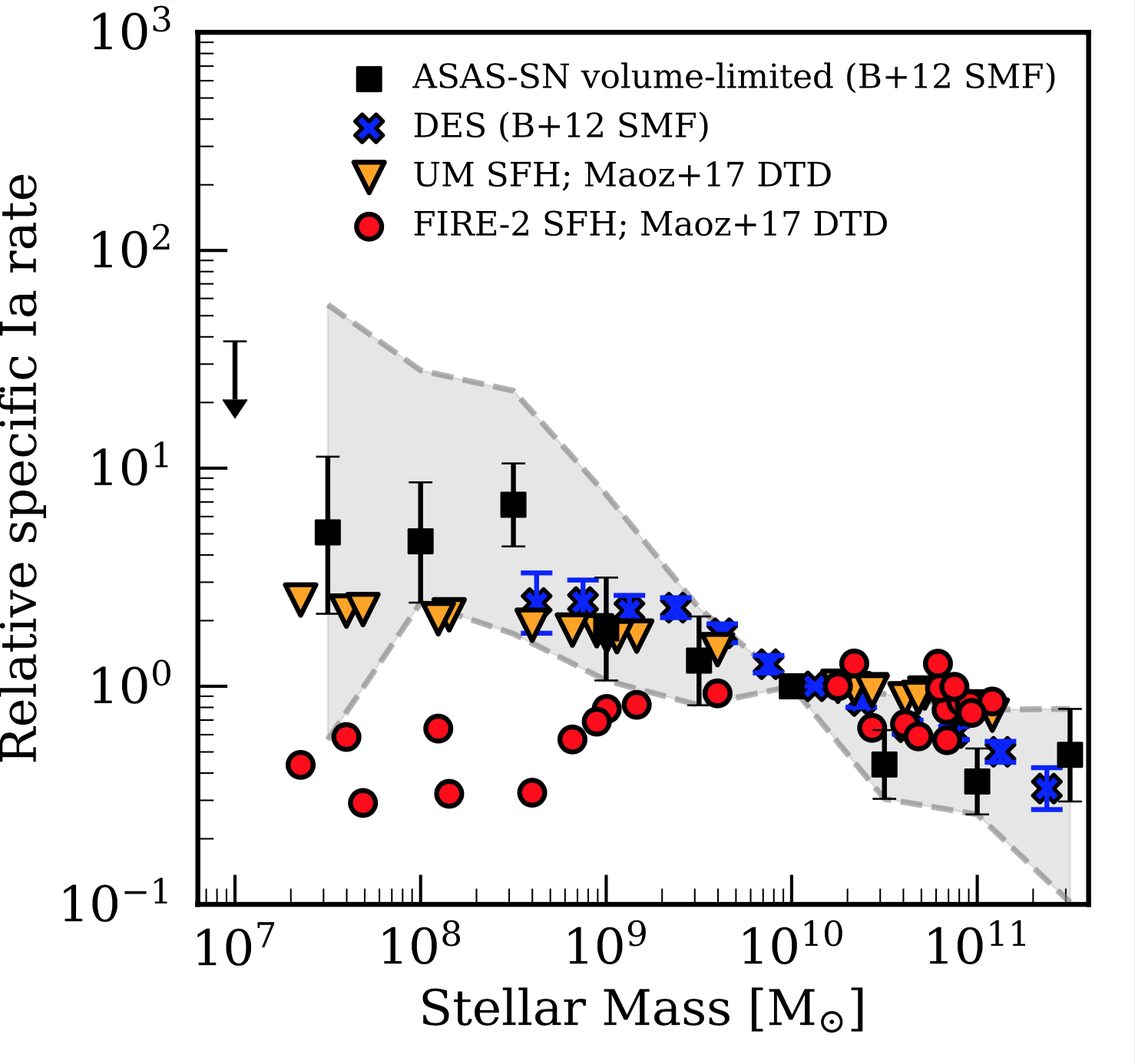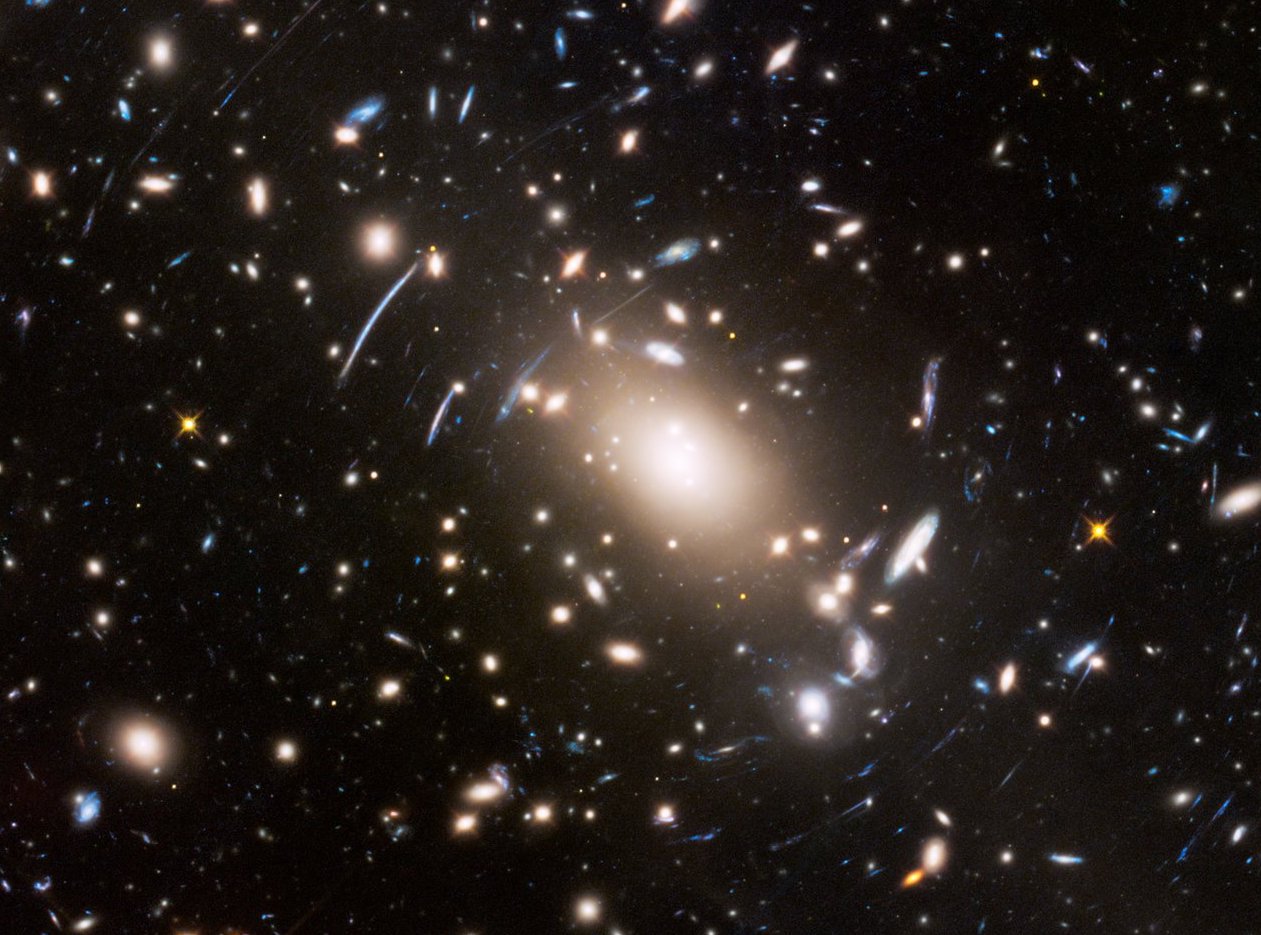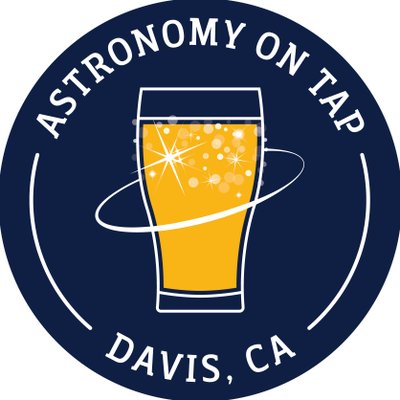About me
I am a 4th year Ph.D. candidate at the University of California, Davis, working with Prof. Andrew Wetzel and Prof. Maruša Bradač. My primary research focuses on using cosmological zoom-in simulations with the FIRE collaboration to understand galaxy formation and evolution, particularly in the context of low-mass galaxies in the Local Group, although I dabble in some high-redshift galaxy observational work as well.
I was born and brought up in Mumbai, India, and moved to the United States in 2014 for my undergraduate studies at Yale University, before moving to Davis, CA in 2018 for graduate school.
Star Trek is a big part of my life, with my favourite series being DS9. My other hobbies include cooking, reading, cycling, and woodworking.





